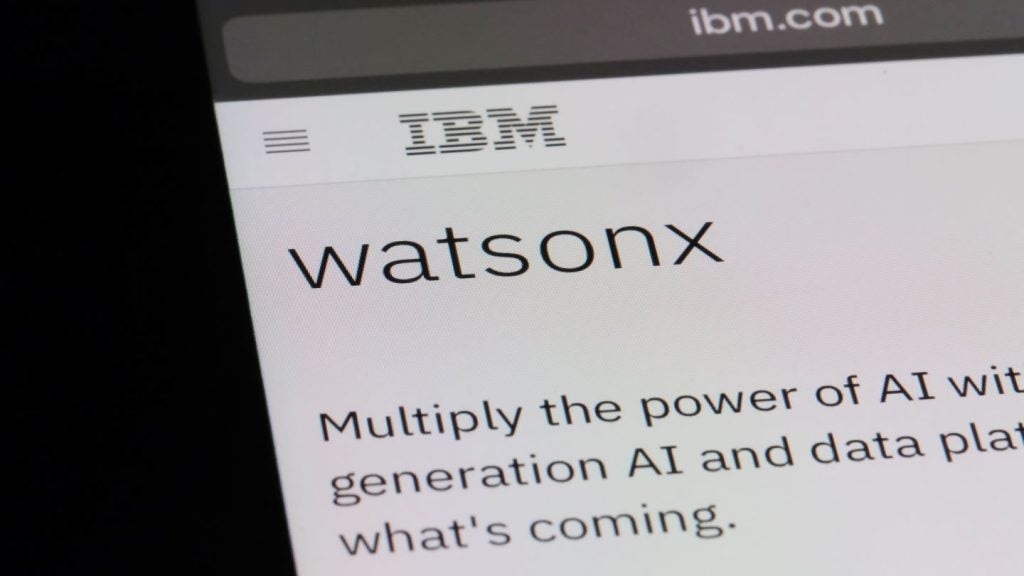
While there are certainly technology underpinnings for the whole cloud and multicloud movement, organisations are unlikely to find success or failure behind something they buy or install.
Rather, it is the cultural surround that will undergo the biggest transformation as IT ushers in a new era. And enterprises that fail to proactively adapt are likely to face stiff headwinds en-route to their cloudy future.
Cloud is about operations, not servers
There is a common belief in IT circles that the cloud transformation is about leveraging someone else’s servers. But it’s not Amazon’s, Microsoft’s or Google’s servers that enterprises are paying for.
The real product that cloud providers are purveying is operations. Enterprises making the leap to cloud are benefiting from the years of research and development poured into automation, orchestration and monitoring, and artificial intelligence. It’s not about the servers but rather how those servers come together with other supporting elements to bring some value to the enterprise.
Interestingly, this means that taking advantage of all that cloud and multicloud have to offer requires more than merely issuing a purchase order. Where technology can be procured, operations has to be folded into the existing practices that dictate how business is done on top of or around that technology. And failing to prepare the culture alongside the technology will mean the migration to cloud might be more disappointment than fulfilled promise for many enterprises.
Don’t let cloud be someone else’s architecture
In any company’s cloud journey, it can seem like it’s more than just the applications that are moving to the cloud. With the applications running on someone else’s infrastructure, the burden of managing the architecture might seem to be somehow less.
How well do you really know your competitors?
Access the most comprehensive Company Profiles on the market, powered by GlobalData. Save hours of research. Gain competitive edge.

Thank you!
Your download email will arrive shortly
Not ready to buy yet? Download a free sample
We are confident about the unique quality of our Company Profiles. However, we want you to make the most beneficial decision for your business, so we offer a free sample that you can download by submitting the below form
By GlobalDataBut the IT industry is littered with companies that absolved themselves of architectural responsibility only to find that architectural discipline still matters, regardless of whether an application is in the cloud or on-premises.
For companies that moved everything to Amazon Web Services (AWS), there were tough lessons to be learned about how to architect applications around availability zones so that regardless of hiccups in the underlying cloud, the services powering the business remained available. Of course, this has implications on where data is stored, how it is replicated, and how to handle backups. Similar lessons have been learned across all of the major cloud providers.
Maintaining architectural oversight over what appears to be an outsourced service is critical. A company’s processes and even culture must evolve to support infrastructure that is both in-house and outside. Maintaining rigor in design and change processes is important.
Manage above the infrastructure
It is somewhat surprising how much of even modern IT is still anchored to the command line interfaces (CLIs) that power individual devices and pieces of software. Indeed, it is still the case for many enterprises that the number one requirement for would-be employees is a certification demonstrating expertise in a particular set of products.
The CLI is not unlike flying an airplane using physical controls for each engine, wing flap, aileron, and so on. Of course, as airplanes have become more sophisticated, the controls have become abstracted. Even where there is still a physical yoke, it sits atop a complex set of controls that translate intent into aircraft behavior.
So it is with cloud. There are still underlying servers and switches, but the controls need to become more abstracted. This means that operators need to become more proficient at dealing with those abstractions, specifying their desired outcomes in ways that are not tied to any one device or piece of software. Ultimately, it ought not matter whether an application workload is services in cloud A or cloud B—operators ought to be able to specify the desired outcomes and have the orchestration systems handle the translation.
Preparing for this type of control means operators will need to familiarise themselves with a rapidly evolving tooling landscape. Whether it is tools like HashiCorp’s Terraform, AWS’s CloudFormation, or Microsoft’s ARM templates, the future of provisioning and management is far less likely to be anchored on syntactical constructs and more on templated tools.
Bridging the skills gap
Any change in tools means there is a change in how people interact with the technology. While enterprises will believe they can hire in the new skills, relying on new headcount to make the transition to cloud will certainly prove painful for many, disastrous for some.
First, the cloud, despite all the hype, is still largely nascent. Unless a company was born in the cloud, most companies that leverage the cloud still have the majority of their applications running on more traditional infrastructure. Naturally, the vast majority of IT workers are still spending most of their day-to-day operating in legacy environments. So even though there is a spike in LinkedIn mentions of cloud skills, the reality is that there just isn’t a vast pool of people with deep experience in the cloudy way. And, of course, those with experience are highly sought after, making them unhirable for a lot of enterprises that lack the resources to go toe-to-toe with the highest bidders.
Second, there is no greater way to disenfranchise a group of employees than to label their work legacy and hire in a new group of people to support what is ostensibly the future. Forgetting for a moment that the old and new need to coexist for the foreseeable future, alienating the people responsible for the bulk of an enterprise’s operations is just not a sound strategic approach to personnel management.
Enterprises simply need to bring their people along on the journey. If cloud is about operations, then the people responsible for those operations need to be a part of the journey. For particularly clever IT leaders, they will go one step further and make them a part of the decision-making so that the future of the enterprise can be forged together, giving employees a sense of both contribution and belonging in the go-forward model.
Work at your own pace
All of these changes are difficult enough without having additional pressure coming from the outside world. There is just too much noise in the system today. All of the hype, all of the talk, all of the pundits…everyone has an opinion, and it is being shared in the world’s largest echo chamber.
The truth is this: yes, evolution is happening. But companies — both large and small — are just figuring it out. There is no silver bullet. And while there are people and firms that can help advise along the way, there are none that can make the journey for you.
Should enterprises have urgency? Absolutely. But it is important that they do not manufacture unnecessary urgency. Change under even the best of conditions is already difficult. It can be nigh impossible when attempted under unnecessary duress. Enterprises should embark on this journey at the fastest pace possible, but that pace ought to be dictated by the enterprise, not the surrounding observers.
Feeling bad about where a company is serves no purpose; shame rarely improves execution. So above all else, enterprises should ensure that the transition to cloud happens on their terms, whatever those might be.
Read more: Demystifying the cloud to transform your business







